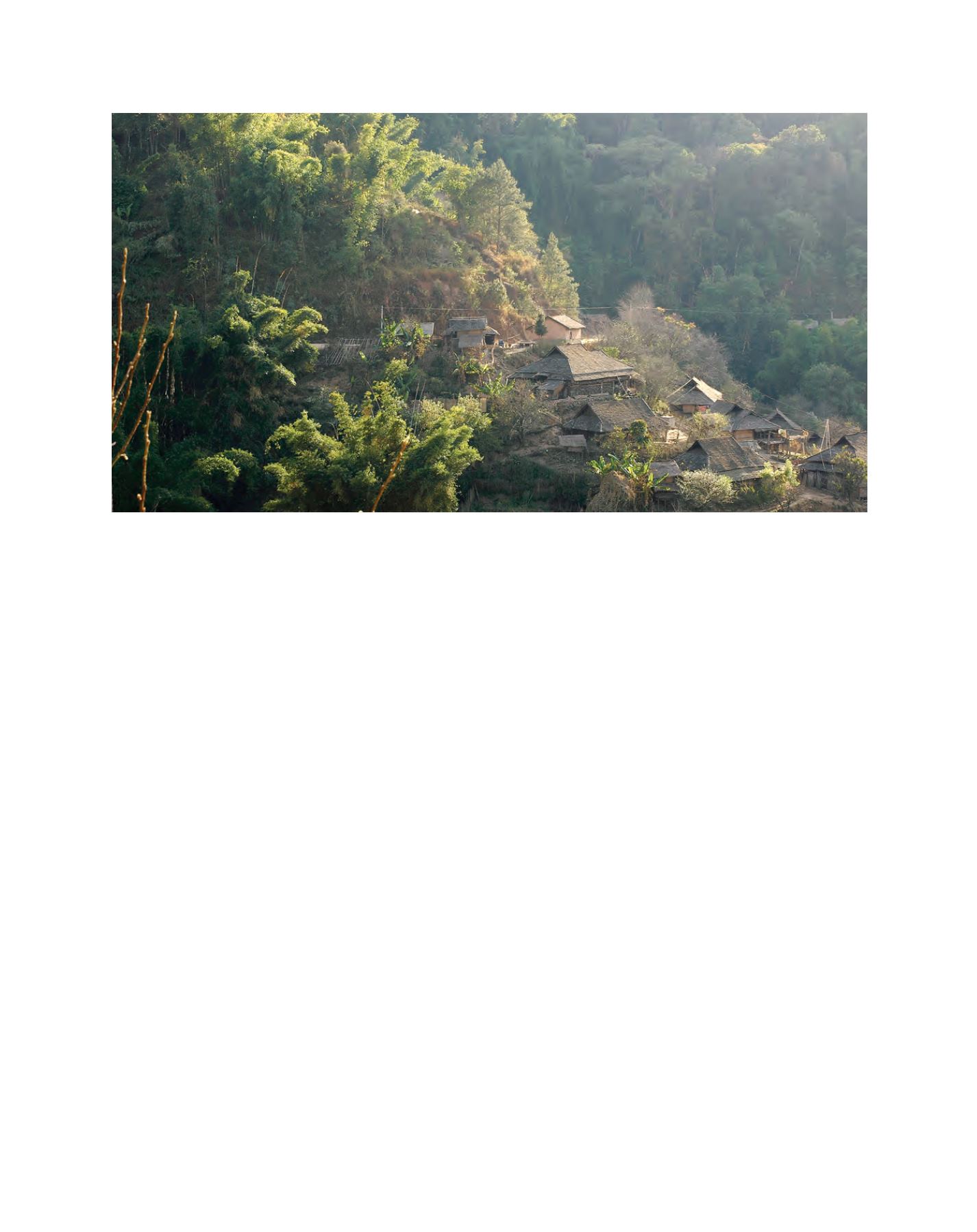

[
] 95
land, increased biodiversity, improved shelter from wind, better
air quality, wood and fodder products and increased amenity and
recreation values.
Enhancing institutional capacities for REDD+ in Africa
(GEF-World Bank)
Having wide participation within the various forest carbon-related
forums is an important element in developing acceptable solutions.
However, given the range of topics being addressed, local capacities
are often to stretched to allow meaningful participation. The main
objective of the project is to improve African countries’ knowledge
of and capacity for REDD+ issues and to help them to articulate
this new concept within the broader agenda of SFM. To this end,
the project is building capacities for measurement and monitor-
ing of carbon stocks through various types of technical assistance.
An important element of this project was a 10-day South-South
Exchange on community forestry and REDD+, which took place in
Brazil with participants from six African countries.
The exchange aimed to support countries to better understand
the role that community forestry can play in their national REDD+
strategies. The activity brought together participants from Africa
(Central African Republic, Cameroon, Democratic Republic of
Congo, Gabon, Madagascar and the Republic of Congo) to discuss
experiences of community forestry and REDD+ with various
Brazilian counterparts, including federal and state governments, the
private sector, civil society and indigenous peoples’ organizations.
By enabling these countries to engage in the new financing streams
to be expected through REDD+, there is an indirect contribution to
the conservation and sustainable use of forest ecosystems, including
non-timber forest products. In addition, there will be an incentive
for country governments to plan land use with less likelihood of
outcomes that lead to conflict over land tenure.
Over its 20-year history, the GEF partnership has
been a significant funder of forest activities in a wide
range of countries and forest types and addressing a
variety of issues and situations, touching on all aspects
of SFM. However, only by promoting management
systems which recognize multiple uses, functions,
services and benefits will it be possible to develop long-
term, sustainable approaches to maintaining forests,
the goods and services they provide and the livelihoods
they support. This experience has also made clear the
importance of innovative projects to take advantage of
opportunities and the benefits of working collabora-
tively with governments and other donors to maximize
impact and ensure ongoing support for forest projects.
This often incorporates wide-reaching issues such as
policy change, land tenure conflicts and rural liveli-
hoods development. The GEF’s new Environmental and
Social Safeguards provide a framework around which
projects can appropriately address those key issues.
In developing SFM approaches, the provision of
sufficient funding at appropriate levels – policy, plan-
ning, capacity-building and on-the-ground activities
– is essential for lasting solutions. There is a particular
need to acknowledge the long-term nature of forest
management and forest use and for approaches to initi-
ate, develop and mature at a pace appropriate to the
needs and capacities of all the stakeholders involved.
Additionally, the encouragement of local ownership
amongst communities, indigenous peoples and forest-
dependent groups will continue to play an increasingly
important role in the management of forest resources
around the world.
The encouragement of local ownership amongst communities, indigenous peoples and forest-dependent groups will continue to play an increasingly important role
in the management of forest resources around the world
Image: Ulrich Apel
















